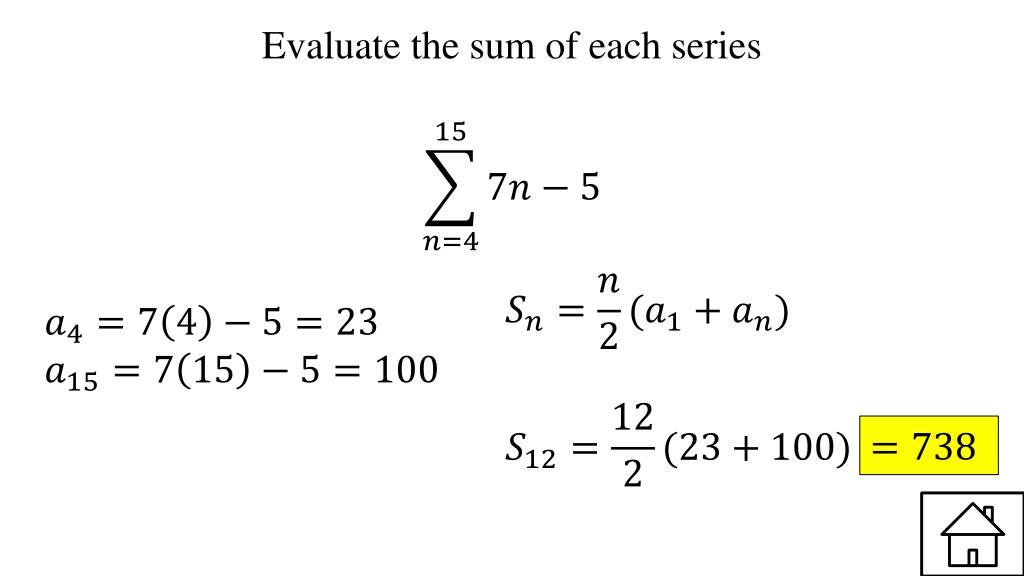
S = Limit + Tail[S} # Limit and Tail might BOTH be infinitely large (ie: “1 – 1” added in pairs is not the same as adding individually with alternating signs.) But recursion and the avoidance of indefinitely large numbers is not ambiguous at all particularly because when a substitution is done, they sometimes will add numbers in pairs and cause it to converge on a single value. You get the strange number, and have a straightforward way to get the divergent (infinite) value, to solve it for a finite number of expansions, or to get the strange integer that the recursively defined value has when it expands to the series.Ī “…” is ambiguous. If that explanation went by too quickly, here’s a 15-minute video expands on the same derivation.Ī much better way to handle this is to completely avoid all higher math, and use recursion. Note that all the partial sums are the same, whether in the real numbers or the 2-adics, but the two number systems disagree on whether the partial sums converge.
#Find infinite sum of recursive sequence series#
The 2-adic distance between 2 n – 1 and -1 is 2 – n, which goes to zero, so the series converges to -1. The nth partial sum of the series above is 2 n – 1. We can make sense of the sum above in the 2-adic numbers, i.e. That is, numbers are close together if they differ by a large power of p. For any fixed prime number p, define the distance between two numbers as the reciprocal of the largest power of p that divides their difference. But you can make the series converge by changing the way you measure distance between numbers. This is the most radical way to make sense of divergent series: change your number system so that they aren’t divergent!ĭiverges because the partial sums (1, 3, 7, 15, …) are not getting closer to anything. So to make sense of the sum of the positive integers, interpret the sum as a sort of pun, a funny way to write ζ(-1). The analytic continuation of the zeta function is defined at -1, and there the function equals -1/12. If the infinite sum for zeta were valid for s = -1, which is it not, then it would equal 1 + 2 + 3 + … Then define the zeta function for the rest of the complex plane (except the point s = 1) by analytic continuation.

First defineįor s with real part strictly bigger than 1. In a nutshell, the Riemann zeta function is defined by a two-step process. Analytic continuationĪt the end of a post on Bernoulli numbers I briefly explain the interpretation of the apparently nonsensical equation For fixed n and large x, this gives accurate approximations to the solution of the differential equation. Instead of holding x fixed and letting n go to infinity, fix a value of n and let x go to infinity. Surely this is a useless solution, right?Īctually, it is useful if you change your perspective.

In fact, the individual terms of the series eventually get bigger and bigger. That is, for each x, the partial sums of the series do not get closer to any number that you could call the sum. Asymptotic seriesĪ few months ago I wrote about an asymptotic series solution to the differential equation


In this post I’ll review two ways of assigning a meaning to divergent series that I’ve written about before, then mention a third way. And with different definitions of convergence, you can get different values. Without a definition of convergence, you have no way to define the value of an infinite sum. But an infinite sum depends on a theory of convergence. Addition takes two arguments, and you can apply the definition repeatedly to define the sum of any finite number of terms. $$\fracb_n$ very easily.There’s no direct way to define the sum of an infinite number of terms.


 0 kommentar(er)
0 kommentar(er)
